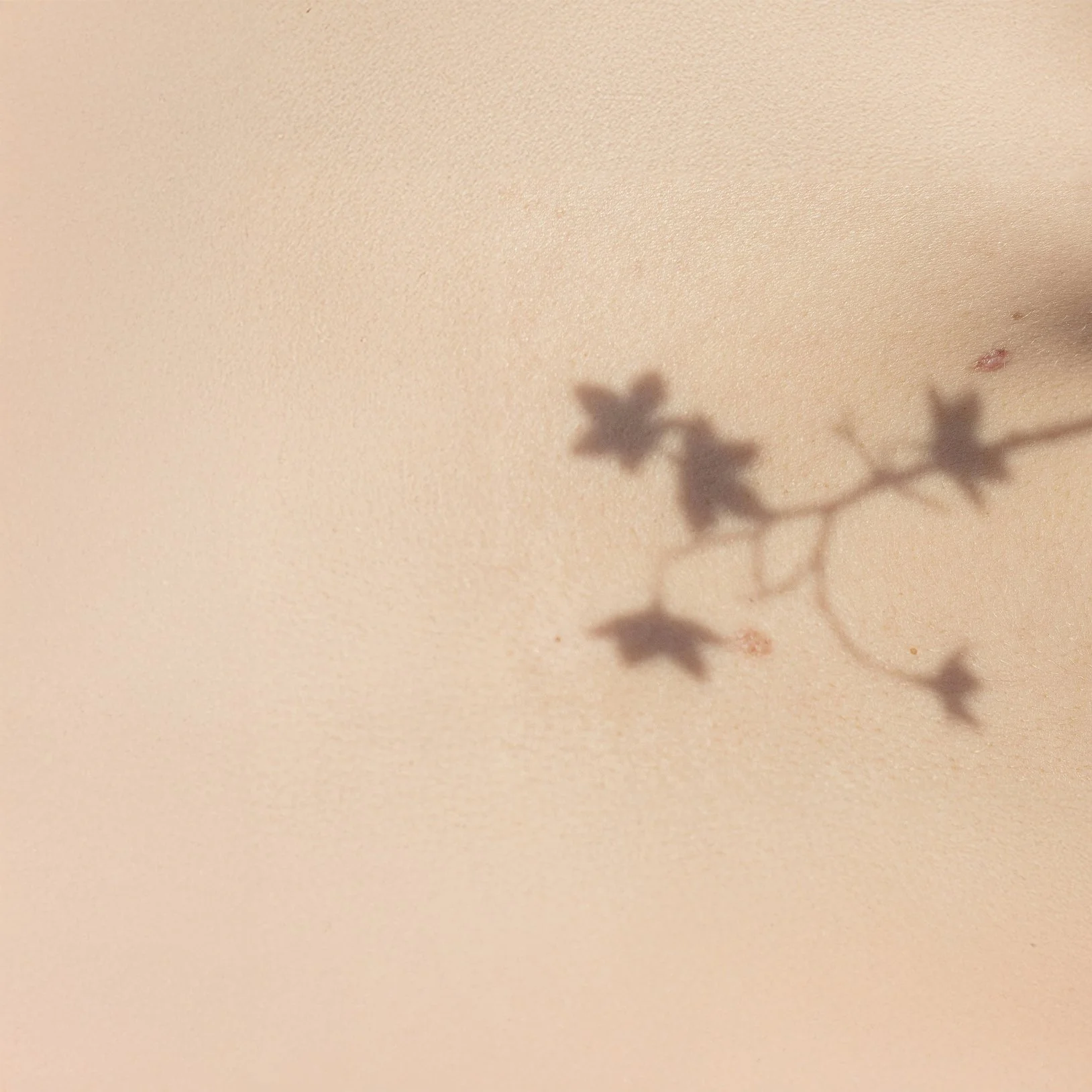
Facelift (MACS-lift)
About MACS-lift
Dr Law completed the Aesthetic Surgery Fellowship with Drs Tonnard and Verpaele in Belgium—the surgeons who invented and developed the MACS-lift.
During her fellowship, Dr Law received specialised training in the MACS-lift and other facial rejuvenation techniques, learning directly from the pioneers of these procedures.
Dr Law recently collaborated with Drs Tonnard and Verpaele to co-author an important article on the MACS-lift. These updates highlight the latest refinements to the technique and focus on ways to achieve effective and long-lasting results in facial rejuvenation.
What is a MACS-lift?
MACS lift stands for Minimal Access Cranial Suspension lift. It is a less invasive facelift technique designed to address mild to moderate sagging in the face and neck. It provides natural-looking facial rejuvenation with smaller incisions, less downtime, and quicker recovery compared to a traditional facelift.
What are the benefits of a MACS-lift?
The MACS-lift may offer several advantages over other facelift approaches.
It is less invasive and does not require exposing the facial nerves, which means there is less chance of damaging nerves.
It may involve shorter incisions and scars.
It focuses on achieving an upward lift that counteracts the effects of gravity. This avoids the telltale “windswept” look after a facelift.
The scars from the procedure are designed to blend in the natural contours and creases of the face, and aims to be as unnoticeable as possible.
It has a quicker recovery time.
It can be customised to address individual concerns, and can be safely combined with other procedures such as eyelid surgery or fat grafting for a more comprehensive facial rejuvenation.
The MACS-lift offers long-lasting results, typically 5 to 7 years, although some see the effects for 10 years. However, it’s important to understand that several factors, such as your skin quality, age, and lifestyle choices will influence the length of the results from a MACS-lift. We also can't forget that the natural ageing process still continues despite a facelift. While the MACS lift may be suitable for many patients, it does have limitations and may not be suitable for everyone. Dr Law will assess your individual goals and help guide you through your options, offering personalised advice and alternatives if needed.
Surgery
-
Before your surgery, you’ll have a detailed consultation with Dr Law to discuss your goals, the procedure, and any risks. Clinical photos will be taken, and a second consultation will be arranged to answer further questions. It’s important to stop smoking at least six weeks before surgery to reduce risks. You may need blood tests and other health checks, and will receive instructions to prepare you for surgery.
-
The basic steps of a facelift usually involves:
Anaesthesia
Facelifts are usually done under general anaesthesia in an accredited hospital, and you’ll stay in hospital overnight.Incision
A discreet incision is made, typically starting in the hairline at the temples, continuing around the ear, and ending behind the ear. For a neck lift, a small incision may also be made under the chin.Lifting and tightening
The deeper layers of your face are lifted upwards using deep stitches that suspend them in place.Removing excess skin
Any loose or extra skin is trimmed away.Closing the incisions
The skin is re-draped, and the incisions are closed with fine stitches to support healing and minimise visible scarring.
-
For a facelift: Incisions are usually hidden in natural skin creases – along the hairline, around and behind the ears. Sometimes, a shorter scar (called a short-scar facelift) may be possible if your neck doesn’t need lifting.
For a facelift combined with necklift: Additional incisions may be made including under the chin - most people won’t notice this when looking at you straight on.
Scars fade over time but won’t disappear completely. Most are well hidden, though some areas (like behind the ears) may take longer to settle. If needed, minor scar revisions can be done later under local anaesthetic.
-
Recovery can vary between individuals. In general, after surgery:
Your face may be wrapped in a bandage.
Small drains may be placed to collect fluid.
You’ll be propped up in bed and encouraged to stay calm.
At home, rest with your head elevated on pillows.
Please avoid smoking and alcohol while healing.
Expect swelling, bruising, and tightness for a few weeks.
Pain is usually mild and managed with paracetamol.
Stitches and hair staples are removed between 7–10 days after surgery.
You can wear makeup after your stitches are out.
Most people return to normal activities in about three weeks. But the exact recovery will differ depending on the adjunctive surgeries performed at the time of face lifting.
-
The effects of a facelift last many years, but a facelift doesn’t stop the ageing process. Maintaining good skin care and sun protection can help the facelift results last longer.
Risks & complications
-
All surgery carries risks and may include:
Drug reactions.
Allergic reactions.
Infection.
Bleeding and haematoma (blood clot).
-
Most complications are rare but all surgery carries risks. Risks specific to facelifts will be discussed with you during your consultation and will also be provided in your consent paperwork. These include:
Swelling and bruising.
Nerve weakness or numbness.
Scars and wound healing problems.
Skin necrosis (skin loss): This is very rare.
Choosing a specialist surgeon with proper anaesthetic support helps minimise these risks.
Plastic, Reconstructive
& Aesthetic Surgery,
Sydney
Contact Dr Law below to
request a consultation.

